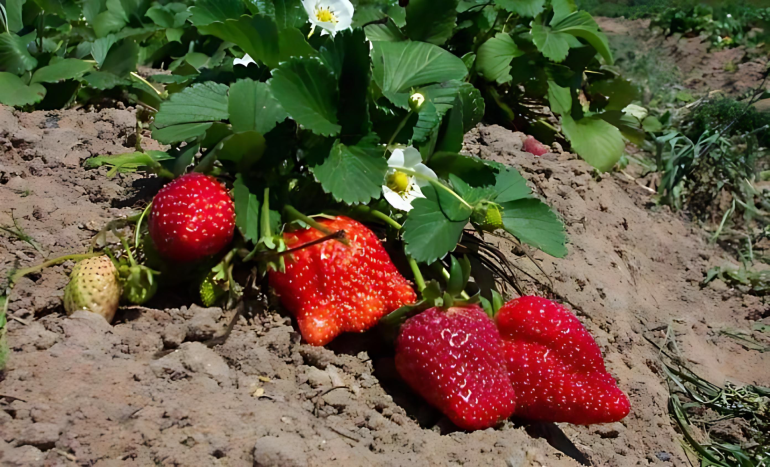The Central Department has once again established itself as the epicentre of strawberry production in Paraguay, specifically in the districts of Areguá, Ypacaraí, Itá, Itauguá, and Villeta. Farmers in these areas have cultivated over 5,190,000 strawberry plants, resulting in an estimated production volume of 3,444,850 kilograms this strawberry season.
Areguá stands out as the leading district in strawberry production, with approximately 600 registered producers. The city’s harvest is projected to reach up to 2.8 million kilos this season, making it a national benchmark.
The city is renowned throughout Paraguay for its strawberry production and the strawberry-picking experience at local farms. This seasonal activity typically runs from June to August. The most commonly cultivated varieties of strawberries are Dover and Sweet Charlie. The harvest season begins in mid-June and peaks in July.
Marketing channels
Farmers sell strawberries at farms, local fairs and markets like those in the cities of San Lorenzo, Luque, and the Abasto market in Asunción. The fairs are key sales points, and highlight the strong involvement of women producers, reflecting CDA-Central’s inclusive approach.
Producers have innovated with a wide range of products besides direct sales at farms, by the roadside, or at fairs. These include artisanal ice cream, pastries, cakes, jams, liqueurs and over 50 handcrafted strawberry products. Among the highlights are alfajores. These are traditional South American sandwich biscuits filled with caramel sauce (dulce de leche) or, in this case, strawberry jam.
Local efforts drive a strong strawberry season
Around 800 producers from the department worked together to achieve this year’s strong results. The Central Agricultural Development Centre (CDA Central) coordinated their joint efforts with support from the Ministry of Agriculture and Livestock.
Thanks to technical assistance and favourable weather, strawberries reaffirm their place as a symbol of Paragauay’s national flavour, family labour, and rural development.


